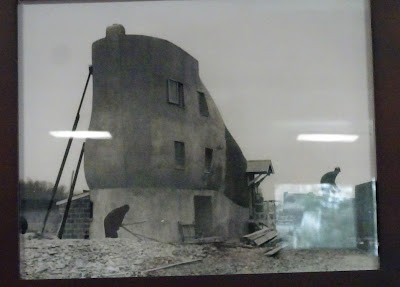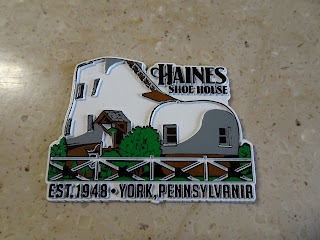We spent the two weeks visiting friends, playing disc golf and checking out all the birding hot spots.
March 9, 2018 we traveled From Weslaco, Texas to Pleasanton, Texas (miles traveled 215).
This was a 2 night stop over to get us through the weekend.
Monday, March 18, 2018. Pleasanton, Texas to Burnet, Texas where we stayed at Inks Lake State Park for four nights (miles traveled 139).
Mark played a lot of disc golf, had lunch with a friend and we visited his mother. We've volunteered at Inks lake two winters and have stayed in the park numerous times.
Thursday, March 22, 2018. Burnet, Texas to Athens, Texas (miles traveled 215).
A short 2-night stop to play a new disc golf course.
Friday, March 24, 2018. Athens, Texas to Homer, Louisiana (miles traveled 195).
After three weeks we finally left Texas. We stayed at Lake Claiborne State Park where Mark played 2 disc golf courses.
Louisiana
State Line
Tuesday,
Match 27, 2018. Homer, Louisiana to Toad Suck, Arkansas (miles
traveled 204).
We
left Louisiana a day early to avoid impending weather. Turns out
Toad Suck was having bad weather also. We visited the Mid-America
Science Museum in Hot Springs and Arkansas was the 26th
state Mark played disc golf in.
Arkansas
state line
Saturday,
March 31, 2018. Toad Suck, Arkansas to Branson, Missouri (miles
traveled 151).
More
disc golf, freezing weather, and tourist spots.
Missouri
state line
Thursday,
April 5. Branson, Missouri to Columbia, Missouri (miles traveled
206).
Clydesdales,
disc golf, snow, birding, and a new water pump.
Wednesday,
April 11, 2018. Columbia, Missouri to Cape Girardeau, Missouri
(miles traveled 220).
Extended
our stay because of strong winds.
Sunday,
April 15, 2018. Cape Girardeau, Missouri to Wildersville, Tennessee
(miles traveled 200).
Stayed
at Natchez Trace State Park where we stayed in 2011. Very cold and
windy.
Tennessee
state line
Wednesday,
April 18, 2018. Wildersville, Tennessee to Crossville, Tennessee
(miles traveled 222).
Weather
still cold and windy.
Friday,
April 20, 2018. Crossville, Tennessee to Greenville, Tennessee
(miles traveled 140).
Our
first time at Smokey Mountain National Park. Mark played the #1 disc
golf course in Tennessee.
Tuesday,
April 24, 2018. Greenville, Tennessee to Lexington, Virginia (miles
traveled 222).
Disc
golf between rain showers.
Virginia
state line.
Thursday,
April 26, 2018. Lexington, Virginia to York, Pennsylvania (miles
traveled 247).
Stayed
at Gifford Pinchot State Park with 2 disc golf courses in the park.
Extended our stay to accommodate all the factory tours we wanted to
take.
Pennsylvania state line
Thursday,
May 3, 2018. York, Pennsylvania to Binghamton, New York (miles
traveled 215).
A
short stay with lots of rain.
New
York state line
Sunday,
May 6, 2018. Binghamton, New York to Brattleboro, Vermont (miles
traveled 202).
Disc
golf, cheese and maple syrup.
Wednesday,
May 9, 2018. Brattleboro, Vermont to Freeport, Maine (miles traveled
201).
More
birding and disc golf.
Maine
state line
Friday,
May 11, 2018. Freeport, Maine to Ellsworth, Maine (miles traveled
146).
We
have arrived! Green Lake National Fish Hatchery.
Miles
traveled pulling RV: 3649
Mileage
put on truck: 7773
States
spent at least one night in: 10
Disc
golf courses played: 24
Factory
tours: 9
Tourist
Attractions (not including parks or wildlife refuges): 5



















































